This is the final day in Setouchi!
Read my previous post on Uwajima, Uchiko, Matsuyama and introduction on Setouchi.
On this day, we had an afternoon to visit Ozu City (大洲) and Seiyo City (西予) before heading to Matsuyama airport and end our Setouchi trip.
OZU
Ozu is another small city located in Ehime prefecture which is prominent for its nostalgic alleys and old-fashioned houses. The most popular place of interest in Ozu is its Ozu Castle which made the town prosper.
Ohanahan Street
There are many old merchant houses and samurai residences remain in the district, making it a great historical street reminiscent of the Edo and Meiji periods. You can experience the elegance of a little version of Kyoto here.

A longkang (drain) by the street. It is supposed to be part of Hijikawa River in Ozu, but no matter how I look at it it is just a longkang to me… except that…

That the water is so clear that…
… wait a minute…. is that…

😱😱😱
Yes… Koi fish swimming in the longkang…
When we posted this on IG stories a lot of our followers got a shock. I mean where we grew up, Koi is usually not the kind of things we would see inside a roadside longkang…😅
Garyu Sanso 臥龍山荘
The name sounds like it’s from a 武侠小说 (Chinese Kungfu novels), but I really recommend paying this traditional Japanese Villa a visit for it will be worth your time.
It is also introduced in the Michelin Green Guide Japan as a one-star tourist attraction.

Do you have any idea how a Japanese villa look like?
When we talk about villa, we think of Bali, Phuket and island holidays… but this Garyu Villa reflects the wonders of ancient Japanese architecture with sublime aesthetics.
The villa was built around 1907 and it was said that it took 9000 artisans and 10 years of conceptualization to built this amazing villa.

Not all parts of the villa are photography-allowed, so if you are interested you may google for more.
If you have a passion for architecture, I assure you that you will be very impressed with its unrivalled craftsmanship with all the brilliant designs and and interesting features in this building.

Behind the main building is a nice garden, whose strolling path is formed by stone slabs of different shapes and sizes. The refreshing sight of lush green, and the amazing rockwork that is so delicate and each appears to represent something…


The garden is also full of trees with Japanese hackberry and conifer that are centuries-old and rare species of moss can also be found. Speaking of moss, I will talk more about that later in this post!

I was just admiring all the rocks and finding small surprises in them along the way.

This is a mini cave somewhere in the garden, only when you take a peek inside that you see a little floral raft floating about.

Each stepping stone on the paveway also exudes a gravity of style, and when I asked about this little yellow flower, they say that the gardener place it there as part of the design of this villa.
I just looooove all these attention to details in every little way. It’s a little like finding the hidden Mickey in Disneyland, but done with more elegance and style.
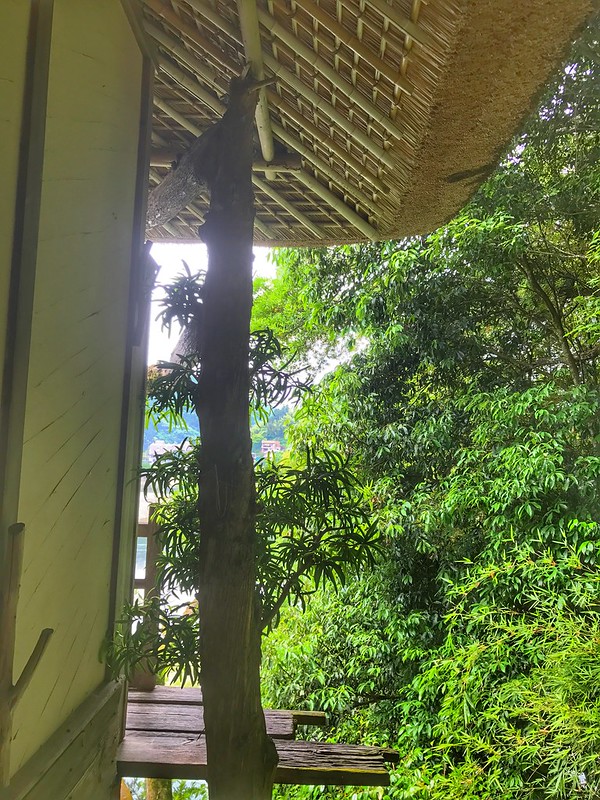
At the innermost of the garden stands another thatched-roof house named Furo-an, and do you know what is special about this picture?
If you look carefully at this wooden pillar (Sutebashira), it is actually a living tree. They have built and manipulated the tree in such a way that it will support the house securely yet continue to live.

Leaving the villa, on the way back to town.
Pokopen Yokocho
Pokopen Yokocho is a square designed to replicate the nostalgic atmosphere of Japan’s post-war boom years in the Showa period.

It wasn’t open on that day so it’s super quiet, but it’s nice to take a peek into the nostalgic past reminiscent of the famous movie I’ve watched -“Always, Sanchome No Yuhi”.

Retro alley featuring all the nostalgic signboards typical of Japan in the 1950s. Love the mama and baby enamel poster!
SEIYO
Uwa Rice Museum (宇和米博物館)
We came here not to taste any rice, but to mop the floor of this museum, which was originally an elementary school. Yeap, that was the whole purpose of the visit.
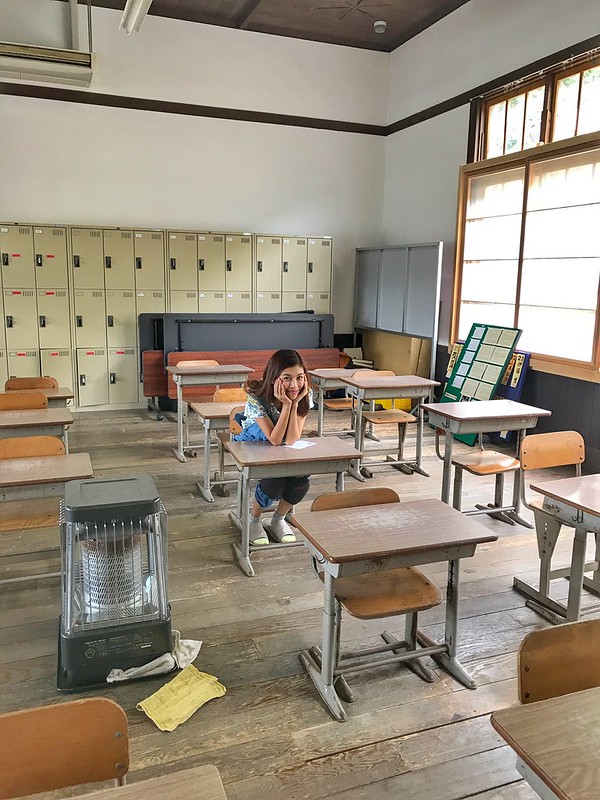
Real classroom from decades ago!!! It’s so nostalgic because I grew up with Hayao Miyazaki and also all the teenage J drama. Being inside a Japanese classroom was my dream.

This is the corridor of the school which stretches for 109 meters, and which we are going to clean… at one shot haha.
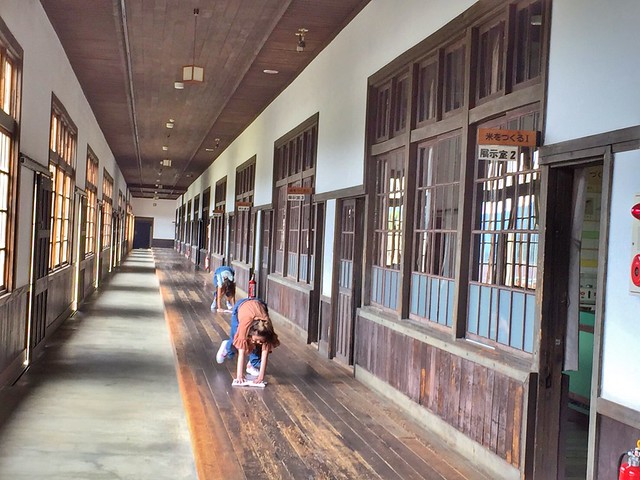
And it’s actually a competition!
The Dust Cloth competition, also called the Zoking Grand Prix, is something you could try when you visit this museum, to experience how the Showa elementary students clean their school compound.
You will be given a piece of dust cloth, and you will go to the very end of the corridor and start swabbing the long floor board at one go, as fast as you can.

Trust me, it is tiring T__T. I slipped many times due to the momentum and could hardly pick my self up. T__T
The highest record for female participants is 24 seconds.

SECONDS!!! How is it even possible!! T_T

Chanwon and I both completed the task at over a minute. My result was 1 minute 36 seconds. Beat me!!!

A picture for their hall of fame haha.
SEIYO
Kaimei Elementary School
Although we didn’t manage to visit that day, you may also make a trip to the Kaimei Elementary School, which is now served as a museum that stores precious documents and displays including school textbooks since the Edo period.

Japanese kids even get to join a one-day class to experience the life of a student during the Meiji period over 100 years ago, where they wear their olden Kasuri kimono with straw sandals to go to school. Even the teacher is wearing a kimono!! I want…..
Lunch at Ikedaya
We then went for lunch at a vegetarian place. Upon hearing “vegetarian” I think Chanwon turned pale lol.

Everything was surprisingly very flavorful! The sansai tempura was so so good!! Love the yuba and goma tofu too.

Super sweet and juicy tomato. I just wish the portion was a little bigger haha it was too yummy.
Kokemushiro (苔筵)
Before our trip, we were shown our itinerary and the last place of interest that we would visit before heading back is called “Moss Place”. And I was like… moss place? We travel to see… moss? (and not the Kate one.)
I guess I have set my expectation very low because… I was completely blown away by what I saw upon setting foot on hill foothill of Kokemushiro.
Kokemushiro was one of the most beautiful places I have seen in Ehime prefecture. Koke means “moss”, and this place is literally full of moss. Very precious moss.

Like this.
There’s is a small wooden teahouse amidst the lush green setting, giving a very mysterious and dreamy Ghibli feel to it.

Look at the velvety lush carpet!! It feels like pixies are going to peek out coyly from behind the trees…
The place used to be a terraced rice field, which gives the whole environment layered shades of green… which I think has this very strong healing power for a fatigued traveler.


Take the rustic pathway that leads you into the deep mossy woods.

You are free to wander around but be careful not to step on the moss, as some moss are extremely rare and takes a long time to grow.

On the stone…

One by one…

^^

Kokemushiro Tea House.
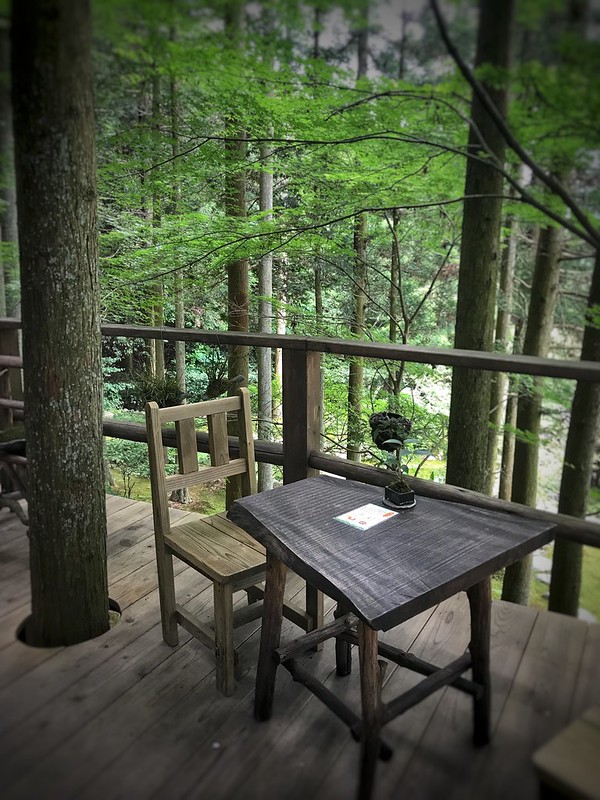
You would want to definitely take a seat and have some real tea here and just sipping the time away…
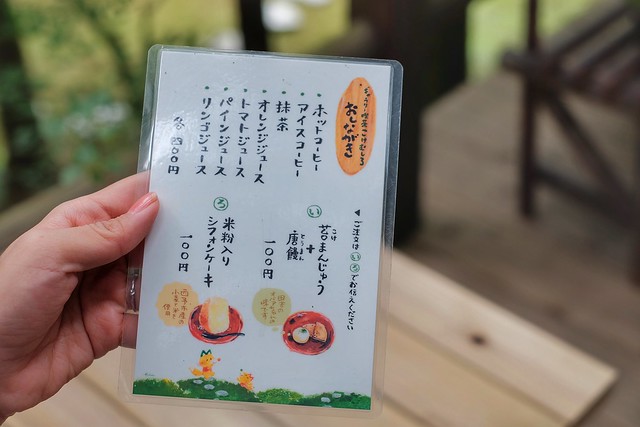
Drinks are for 400 yen each and their Wagashi dessert is priced unbelievably cheap at 100 yen each.

We prefered to sit in the open area so we took our drinks here.

Authentic Macha, Kokeshi Manju and Rice Flour Chiffon Cake.
And… this marks the end of our Setouchi trip with HomeAway. It was also my first trip to Shikoku. It was such an honor. I hope you guys enjoyed this series.
If you are planning your vacation soon (to Japan, I hope!), do give HomeAway a try, and don’t forget to use the code “HOMEAWAYCHEESIE” for 8% off!!
www.homeaway.asia
I am typing this in Tokyo right now after spending 3 weeks here. So you know that more will come, very soon. ^^


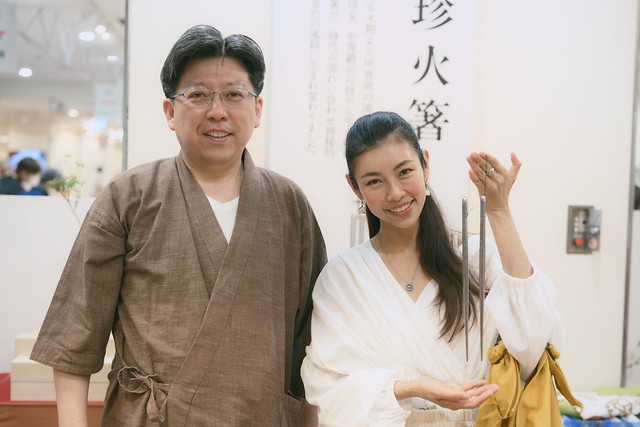












I would LOVE to visit the rice museum! I love anything rice, and the place is so beautiful too!
Charmaine Ng | Architecture & Lifestyle Blog
http://charmainenyw.com
I love Japan. Been there twice and want to go Ehime prefecture after seeing your blog. But if I do not know Japanese or mandarin ( I only know how to read and speak English), can I move around in Matsuyama or Ozu ….
Sure!! All you need is internet!! 😀